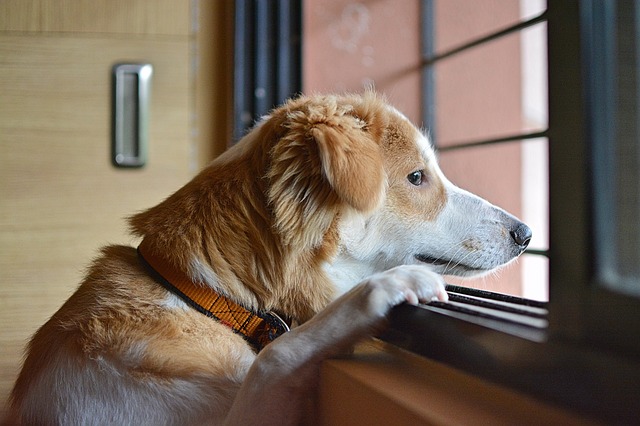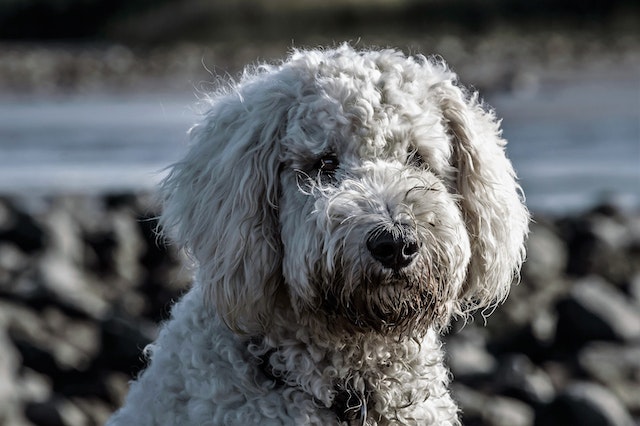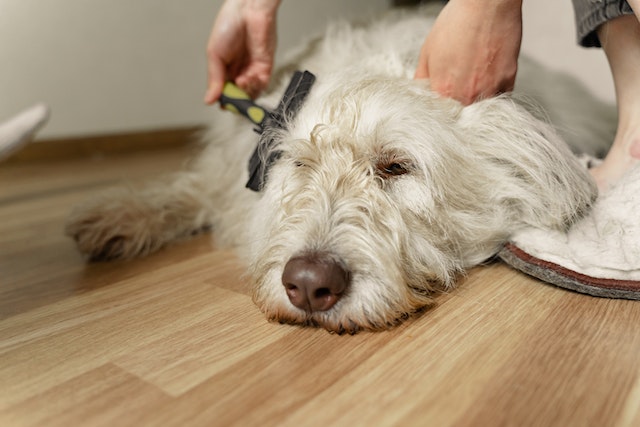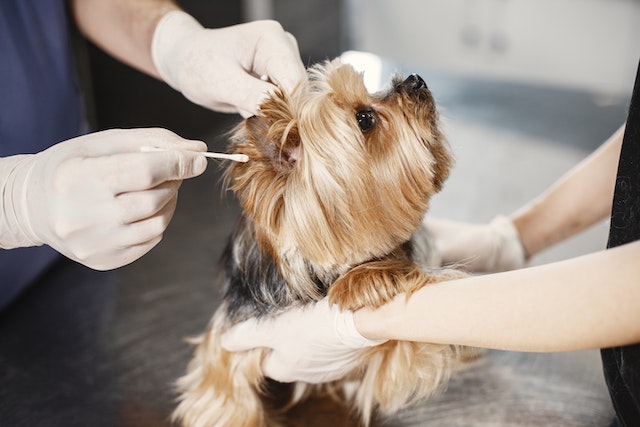Being a pet parent comes with the rewarding responsibility of ensuring the health and well-being of our beloved furry companions. Just like human family members, dogs and cats require regular care, attention, and monitoring to thrive. One crucial aspect of responsible pet ownership involves diligent checks on their health, encompassing everything from proper grooming routines to identifying potential signs of illness. In this article, we will delve into how you can spot signs that indicate your cat or dog needs grooming attention.
Dogs and cats exhibit different signs when they require grooming attention. Our dogs and cats can’t talk to us, so it’s important to take note of these signs and be proactive.
Here’s a breakdown of the signs specific to each:
Signs a Dog Needs Grooming Attention:
Matted Fur: Tangled or matted fur, especially in long-haired breeds, is a clear indication that grooming is overdue. More on matted fur here.
Unpleasant Odor: Feel like you can smell your dog from a mile away? A persistent unpleasant odor can signal the presence of skin issues or the need for a bath.
Excessive Shedding: Dogs shedding more than usual may benefit from regular brushing to remove loose fur and prevent matting.
Dirty Ears: Accumulation of dirt, wax, or a foul smell in the ears may indicate the need for ear cleaning during grooming.
Overgrown Nails: Long nails on dogs can be problematic, akin to human hangnails, as they are prone to splitting and splintering, causing extreme pain and potentially requiring a veterinary visit. Dogs with long nails may experience difficulties on slippery surfaces and may exhibit cautious walking. Nail care is crucial for older dogs or those with arthritis. Maintaining an appropriate nail length not only benefits the dog’s comfort but also prevents scratches to owners and damage to belongings, as overgrown nails can snag on furniture or other objects, causing unnecessary pain to the dog.
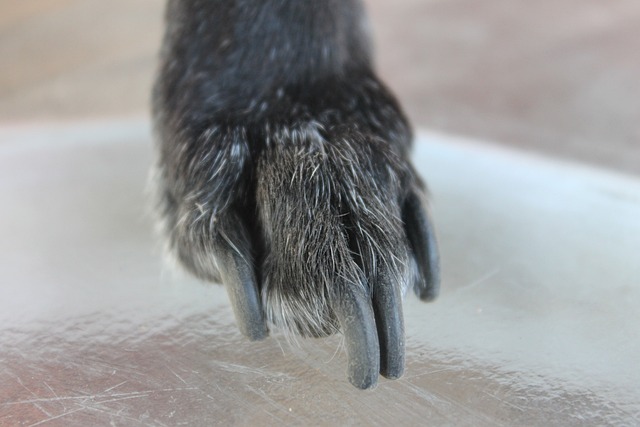
Red or Irritated Skin: Skin issues, redness, or irritation may require attention and could be alleviated through proper grooming.
Signs a Cat Needs Grooming Attention:
Matting or Knots in Fur: Cats, especially long-haired breeds, may develop mats or knots in their fur that need to be carefully removed. Matting or knots in a cat’s fur can be detrimental as they can cause discomfort and pain for the cat, pulling on the skin and leading to irritation.
Excessive Shedding: Like dogs, cats may experience increased shedding, and brushing helps manage loose fur and prevents hairballs. Cats may regurgitate a hairball once every week or two, which is generally not a cause for concern. However, large hairballs can pose a health threat if they cannot pass through narrow sphincters or become lodged in the small intestine. In rare cases, a lodged hairball may require surgical intervention to prevent fatal consequences. Regular monitoring and appropriate preventive measures are recommended to manage this common feline behavior.
Dirty or Oily Coat: A dirty or oily coat could indicate the need for a bath or grooming session.
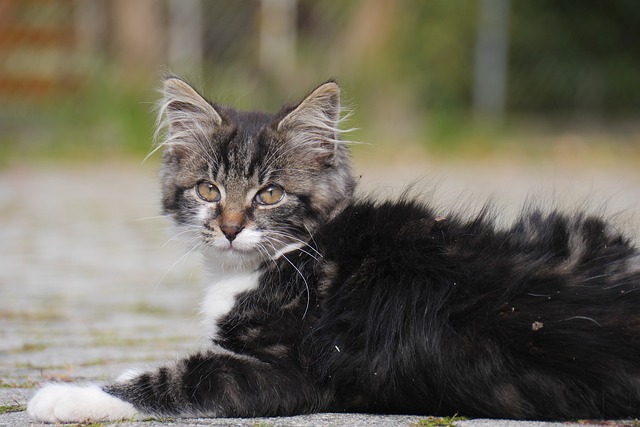
Changes in Grooming Behavior: Cats are meticulous groomers themselves, so any deviation from their normal grooming routine may signal a problem.
Unkempt or Overgrown Nails: Overgrown nails can be uncomfortable for cats, and regular trimming is necessary for their well-being. Overgrown nails can lead to curvature and difficulties retracting, causing potential issues like getting stuck in surfaces. Severely overgrown and curved nails can even grow into the footpad, causing pain and mobility problems. To prevent this, it’s crucial to trim a cat’s nails every every 2-3 weeks depending on the activeness of the cat.
Redness or Irritation: Any redness or irritation in the ears, eyes, or skin may require grooming attention to address underlying issues.
Mobile Dog and Cat Grooming in Broomfield, CO and Beyond
At Collar Cuts, we take pride in our commitment to cleanliness, caution, and extensive experience in providing top-notch care for your beloved dogs and cats. With a focus on maintaining a hygienic and stress-free environment, our team is dedicated to ensuring the well-being of your furry companions during grooming sessions. Whether it’s expert nail care, thorough grooming, or addressing specific needs for older or arthritic pets, we bring professionalism and expertise to every appointment. Trust us to deliver a convenient and comfortable grooming experience tailored to meet the unique requirements of your pets, all within the convenience of our mobile services. Your pets’ health, safety, and happiness are our priority, making us the ideal choice for all your dog or cat’s grooming needs.
Sources:
Vet.cornell.edu
gretpetcare.com
Petmd.com
openai.com



